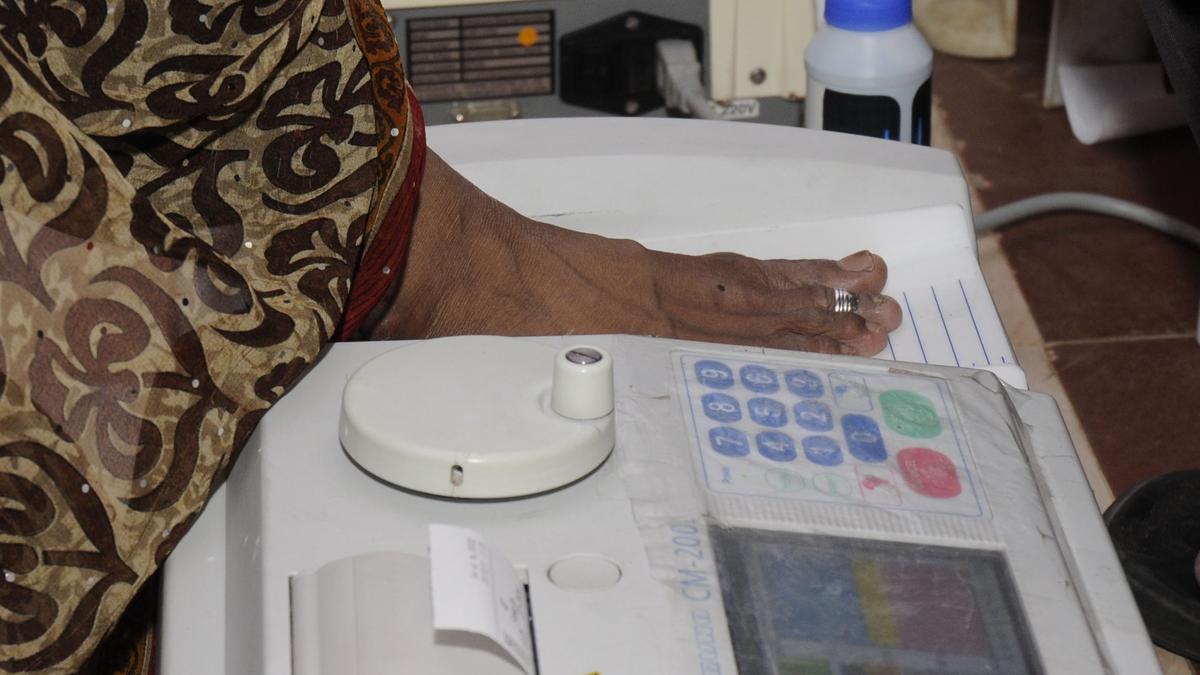Science
Understanding Osteoporosis: A Silent Threat to Elderly Health

Osteoporosis poses a significant health threat, particularly among the elderly, leading to chronic pain, disability, and even increased mortality rates. This condition often goes unnoticed until a fracture occurs, as highlighted by the experience of a septuagenarian named Savithri, who recently suffered a serious hip fracture following a simple fall in her Chennai apartment complex.
The incident shocked Savithri and her family, as she had always maintained an active lifestyle, enjoying morning walks and a balanced diet. When an ambulance took her to the hospital, she learned from her doctor that her bones had become weak and brittle due to osteoporosis, a term unfamiliar to her until that moment. This silent disease develops gradually, making it difficult for individuals to recognize their vulnerability until it’s too late.
Osteoporosis, which translates to “bones with pores,” is a condition that affects the body’s ability to maintain bone density. As people age, the process of bone turnover slows down, resulting in more bone being resorbed than newly formed. This imbalance can lead to fractures even from minor falls, which are often harmless to individuals under the age of 50 with healthy bone density. In contrast, elderly individuals with osteoporosis face a heightened risk of fractures from everyday activities.
Around one in three post-menopausal women and one in five men over the age of 50 are at risk of experiencing osteoporotic fractures. The numbers are alarming: approximately 2 million new osteoporotic fractures are diagnosed annually in the United States alone, surpassing the annual incidence of both myocardial infarctions and breast cancer. As families become more nuclear, managing the care of elderly individuals who sustain such injuries poses significant socio-economic challenges.
India, with its rapidly ageing population, is particularly susceptible to this health crisis. By 2050, it is projected that around 20% of India’s total population will consist of elderly individuals. Without effective prevention and early diagnosis, a substantial portion of the population could suffer from osteoporotic fractures in the coming years.
Understanding the risk factors associated with osteoporosis is crucial for prevention. Women are particularly susceptible after menopause due to declining estrogen levels. Other avoidable risk factors include obesity, sedentary lifestyles, smoking, excessive alcohol consumption, and poor dietary habits. Regular physical activity, such as walking, aerobics, and light weight training, can help maintain optimal bone mass.
Just as financial investments yield long-term benefits, beginning a routine of physical activity in young adulthood can result in healthier bones in later years. Adequate intake of calcium through dairy products and green leafy vegetables, along with sufficient sunlight exposure for Vitamin D synthesis, is essential for bone health. Creating a fall-proof environment for the elderly, such as ensuring well-lit rooms and installing railings, can further reduce the risk of fractures.
When fractures do occur, they often manifest in the spine, wrist, shoulder, and hips. While many heal with rest and support, the occurrence of even one fracture significantly increases the likelihood of future fractures. Osteoporotic fractures can severely diminish an individual’s quality of life, resulting in chronic pain and long-term disability. The mortality rate within the first year following such fractures is estimated at 20%, and the risk of death increases three to four times within five years.
To combat this silent epidemic, early diagnosis is vital. It is recommended that women post-menopause and men over 70 undergo bone density assessments using CT BMD scans, DEXA scans, or foot ultrasounds. Those with bone density scores lower than -1 may require anti-osteoporotic medications alongside calcium and Vitamin D supplements to enhance bone strength. Regular evaluations and timely treatment can significantly reduce the incidence of fractures and associated complications.
The World Health Organization has recognized osteoporosis as a “global health problem,” underscoring its impact on public health. August 4 is designated as National Bone and Joint Day, a time when orthopaedic specialists raise awareness about osteoporosis and the importance of preventive measures.
In conclusion, as Savithri’s experience illustrates, osteoporosis is a condition that requires immediate attention. With proactive measures, including education about risk factors and the implementation of preventive strategies, it is possible to mitigate the risks associated with this silent disease. As the adage goes, “If there are three elderly women around you, one is likely to be osteoporotic and requires your help to prevent it from snowballing into a bigger problem.”
-

 World4 months ago
World4 months agoSBI Announces QIP Floor Price at ₹811.05 Per Share
-

 Lifestyle4 months ago
Lifestyle4 months agoCept Unveils ₹3.1 Crore Urban Mobility Plan for Sustainable Growth
-

 Science4 months ago
Science4 months agoNew Blood Group Discovered in South Indian Woman at Rotary Centre
-

 World4 months ago
World4 months agoTorrential Rains Cause Flash Flooding in New York and New Jersey
-

 Sports4 months ago
Sports4 months agoBroad Advocates for Bowling Change Ahead of Final Test Against India
-

 Top Stories4 months ago
Top Stories4 months agoKonkani Cultural Organisation to Host Pearl Jubilee in Abu Dhabi
-

 Science4 months ago
Science4 months agoNothing Headphone 1 Review: A Bold Contender in Audio Design
-

 Top Stories4 months ago
Top Stories4 months agoAir India Crash Investigation Highlights Boeing Fuel Switch Concerns
-

 Sports4 months ago
Sports4 months agoCristian Totti Retires at 19: Pressure of Fame Takes Toll
-

 Business4 months ago
Business4 months agoIndian Stock Market Rebounds: Sensex and Nifty Rise After Four-Day Decline
-

 Politics4 months ago
Politics4 months agoAbandoned Doberman Finds New Home After Journey to Prague
-

 Top Stories4 months ago
Top Stories4 months agoPatna Bank Manager Abhishek Varun Found Dead in Well









